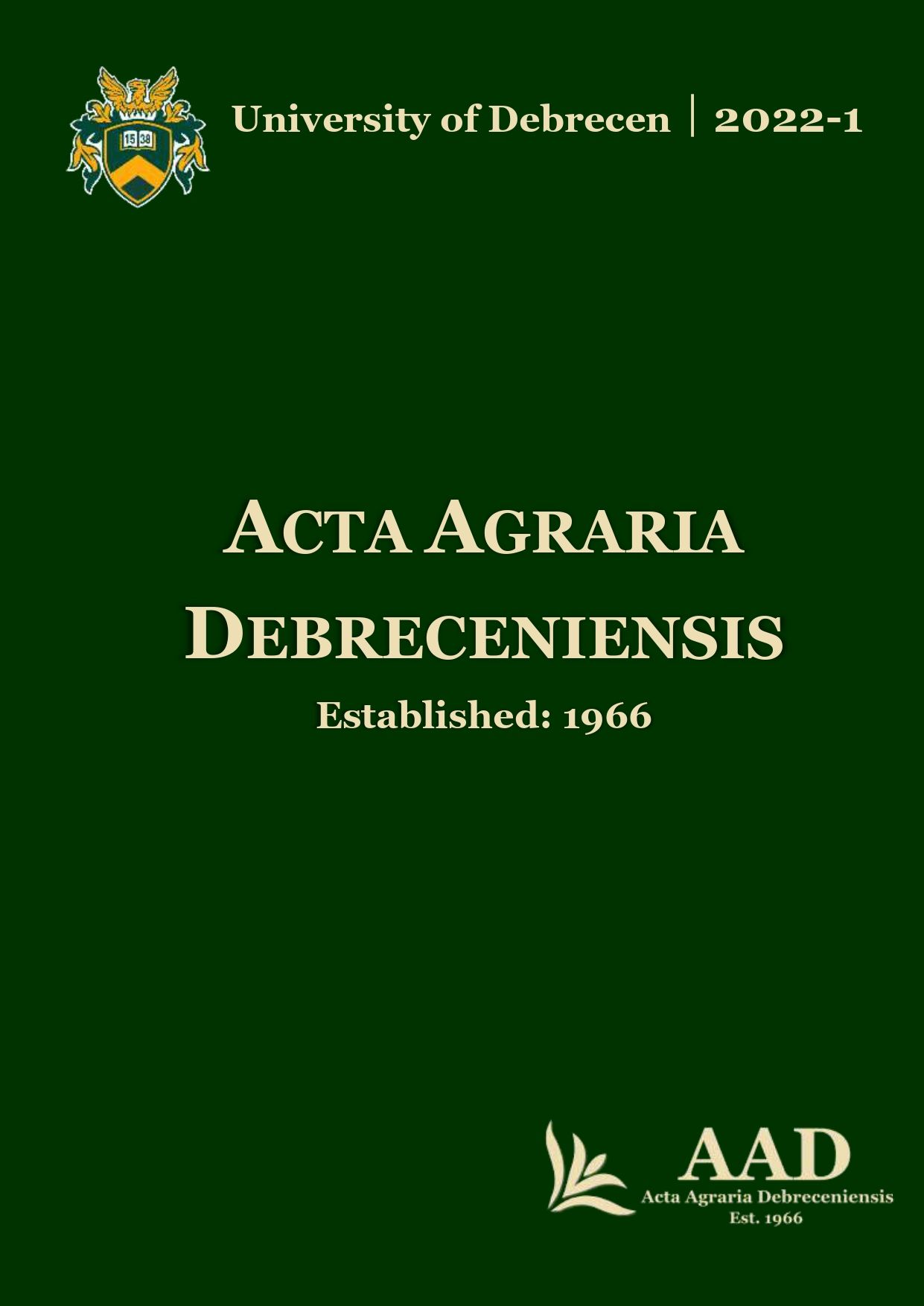The effect of foreign stallions on the Hungarian Furioso-North Star breed
Authors
View
Keywords
License
Copyright (c) 2022 by the Author(s)

This work is licensed under a Creative Commons Attribution 4.0 International License.
How To Cite
Accepted 2022-02-18
Published 2022-05-26
Abstract
The most common aim of animal conservation programs is to maintain genetic diversity. Furioso-North Star is an indigenous Hungarian horse breed originated from Mezőhegyes Stud. The breed is based on two founder stallions, Furioso Senior and North Star Senior. The aim of this research study was to analyze the effect of the foreign breeding stallions to the genetic structure of Hungarian Furioso-North Star breed. The genetic structure of the breed was studied from pedigree data what was received from the Furioso-North Star Horse Breeding Association. Foals born between 2015–2018 were chosen as reference population. Every breeding stallion was marked by nationality (Austrian, Czech, German, Hungarian, Romanian or Slovak) according to their birth place. The population was described with genetic variability, what was calculated using Endog software. The Furioso-North Star breed is popular in Central Europe and nearby countries. The stallion imports and the stallion transfers were necessary and useful as they made changes in the composition of the genetic variability. The new genes and the new lines have refreshed the genetic structure. There were several breeds, like the Nonius, Shagya Arabian and English Thoroughbred, whose had an impact on the genetic structure of the Furioso-North Star breed.
References
- Bokor, Á.–Jónás, D.–Bart, D.–Nagy, I.–Bokor, J.–Szabari, M. (2013): Pedigree analysis of the Hungarian Thoroughbred population. Livestock Science, 151, pp. 1–10.
- Bodó, I.–Domokos, G. (2016): A mezőhegyesi félvér. Magyar Lótenyésztők Országos Szövetsége, 365 p.
- Cole, J.B.–Franke, D.E.–Leighton, E.A. (2004): Population structure of a colony of dog guides. Journal of Animal Science, 82, pp. 2906–2912.
- Edwards, E.H.–Geddes, C. (1991): The complete horse book. Ward Lock, London, 344 p.
- Falconer, D.S.–Mackay F.C.T. (1996): Introduction to quantitative genetics (Fourth ed.), Longman Group Ltd., Harlow, Essex, 380 p.
- Faria, R.A.S.–Vicente, A.P.A.–Duarte Guedes dos Santos, R.I.–Maiorano, A.M.–Curi, R.A.–Loyola Chardulo L.A.–Vasconcelos Silva, J.A (2018a): Genetic Diversity of Lusitano Horse in Brazil Using Pedigree Information. Journal of Equine Veterinary Science, 69, pp. 149–158.
- Faria, R.A.S.–Maiorano, A.M.–Bernardes, P.A.–Pereira, L.G.–Silva, M.G.B.–Curi, R.A.–Vasconcelos Silva, J.A (2018b): Assessment of pedigree information in the Quarter Horse: Population, breeding and genetic diversity. Livestock. Science, 214, pp.135–141.
- Glazewska, I.–Jezierski, T. (2004): Pedigree analysis of Polish Arabian horses based on founder contributions. Livestock Production Science, 90, 2–3, pp. 293–298.
- Gutiérrez, J.P.–Goyache, F. (2005). A note on ENDOG: a computer program for analysing pedigree information. J. Anim. Breed. Genet., 122, pp. 172–176.
- Hamann, H.–Distl, O. (2008): Genetic variability in Hanoverian warmblood horses using pedigree analysis. Journal of Animal Science, 86, 7, pp. 1503–1513.
- Kinghorn, B.P. (1994): Pedigree Viewer–a graphical utility for browsing pedigreed datasets. Fifth World Congress on Genetics Applied to Livestock Production. Guelph, 7–12 August 1994., 22. pp. 85–86.
- Valera, M.–Molina, A.–Gutiérrez, J.P.–Gómez J.–Goyache, F. (2005): Pedigree analysis in the Andalusian horse: population structure, genetic variability and influence of the Carthausian strain. Livestock Production Science, 95, pp. 57–66.
- Zechner, P.–Sölkner, J.–Bodó I.–Druml, T.–Baumung, R.–Achmann, R.–Marti, E.–Habe, F.–Brem, G. (2002): Analysis of diversity and population structure in the Lipizzan horse breed based on pedigree information. Livestock Production Science, 77, pp. 137–146.

 https://doi.org/10.34101/actaagrar/1/10566
https://doi.org/10.34101/actaagrar/1/10566